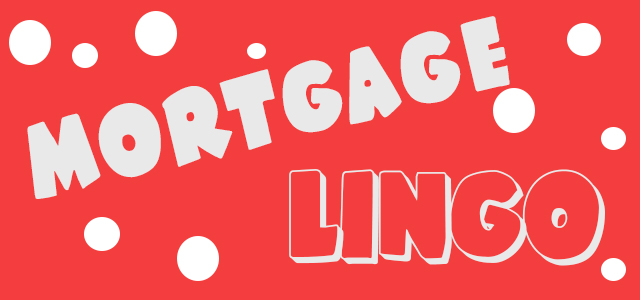The mortgage world has its own language. To help you navigate your way through it, we’ll describe key mortgage terms to help you understand what they mean.
Down Payment
When you agree to purchase a home, most lenders require money up front. In the mortgage world, this is called a down payment. For a home, the down payment amount is typically 20 percent of the purchase price.
Closing Costs
When you arrive to close on your loan, you will be responsible for closing costs. This added expense consists of the many fees charged to process the loan. You will receive an estimate of your closing costs before you arrive to sign for the loan.
Principal
If you’ve accomplished the herculean task of making your down payment, then the remaining amount that you owe the lender is the principal balance. Plan to pay this amount for the next five to 30 years.
Interest
When you borrow money, the lender will charge you for the privilege. In the same way that you pay interest for a car or credit card loan, you’ll be paying interest on your home loan. The interest amount is a percentage of your total loan.
Fixed-Rate Mortgage
The term “fixed-rate mortgage” refers to the interest rate. A mortgage with a fixed rate will not change for the life of the loan. Because the rate is set, it will likely be higher than adjustable rates at first, but over time, this could change. Once you’ve agreed to the initial financing terms, your lender will enact a rate lock. This will stop your rate from rising before you close.
Adjustable-Rate Mortgage or ARM
An adjustable-rate mortgage will have a changing interest rate. This can be good or bad depending on the market. To determine the rate, your lender will use the current ones set by the industry. ARM caps put a limit on how high the rate can rise, but with this stipulation in place, you may pay more.
Points
In the mortgage industry, you can buy points up front to decrease your interest rate over the long term. The bank will base this amount on your principal balance, so one point is 1 percent of the loan balance. Plan to pay for points in your closing costs.

